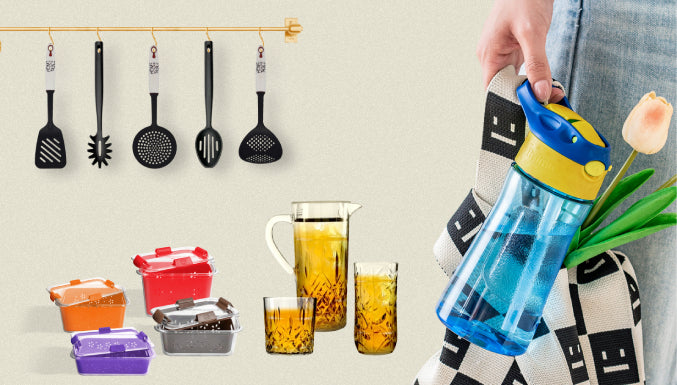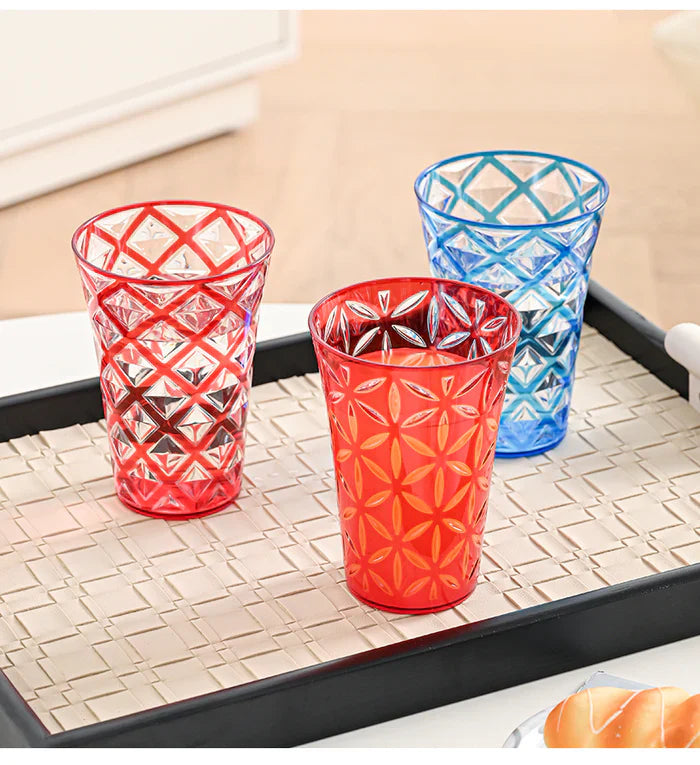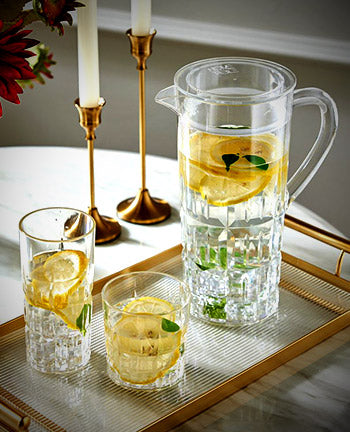
Shape, Flex, and Feel: The Elegant Science Behind Choosing a Spatula That Works with You
An often-underestimated yet indispensable partner, the spatula, can be found inside the carefully picked collection of your kitchen tools, among the glittering knives and robust whisks. More than just a tool for stirring or flipping, a well-selected spatula becomes an extension of your culinary instincts, a silent companion in creating great food. Its design is subtly but significantly based on science: the interaction of shape, flex, and feel greatly influences your efficiency and enjoyment in the kitchen. This research will explore the beautiful ideas underlying choosing the ideal spatula, leading you through the subtleties of its design and use to guarantee you select equipment that works in perfect harmony with your particular cooking demands and objectives.
Understanding Spatula Shapes and Their Purpose
The Classic Turner
Any well-equipped kitchen should have the classic wide, flat spatula, which frequently has a slight angle. Its large surface area easily performs chores ranging from flipping delicate pancakes to lifting big burgers and dishing out considerable amounts of roasted vegetables. Its flexibility over a range of culinary activities is further enhanced by the minute subtleties of its edge design: straight for a clean cut or beveled for sliding under delicate things.
The Slotted Savior
The slotted spatula is the hero when accuracy in lifting and effective removal of extra liquids are the first priorities. To guarantee wonderfully textured and tasty outcomes, the well-placed slots let oil drain away from properly fried eggs, extra water to escape from sautéed greens, and poaching liquid to drop off delicate fish fillets. These slots' size and location are carefully designed for best drainage without sacrificing the food’s structural integrity.
The Flexible Friend
The flexible silicone or rubber spatula is a great friend for jobs needing mild manipulation and conformity to curved surfaces. Its soft character lets it scrape every last piece of batter from a mixing bowl, fold delicate ingredients like whipped cream into a mousse without inflating them, and gently whisk rich sauces to guarantee a smooth and equal consistency. This is a really flexible tool since varying degrees of flexibility fit varied textures and consistencies.
The Offset Advantage
For particular cooking methods, the clever design of the offset spatula—with its blade situated at a clear angle from the handle—offers unmatched simplicity and control. Imagine easily icing a multi-layered cake with a smooth, uniform finish, distributing delicate contents within pastries without upsetting their structure, or gracefully and precisely extracting flawlessly browned cookies from a baking pan. This design gives your hand clearance, enabling professional touch and complex maneuvering.
Decoding Spatula Flexibility
Matching Flex to Function
The degree of flexibility in a spatula blade is not accidental; it is a well-determined feature of its design that directly determines its appropriateness for different cooking activities. While softly folding air into a delicate meringue calls for the yielding pliability of a flexible one, flipping a big steak calls for the relentless stiffness of a strong blade. Key factors influencing the total flex of the blade are its thickness and material; both have unique benefits.
Flexibility for Delicate Ingredients
Your most reliable friend in handling delicate components is a flexible spatula. Imagine folding delicate egg whites into a light-as-air soufflé batter; the soft give of a silicone spatula lets you fully incorporate without collapsing the valuable air pockets. Likewise, a flexible blade guarantees that components are transferred elegantly and without tearing or breaking while handling delicate fish or delicately constructing crepes.
Stiffness for Control
On the other hand, jobs demanding exact control can gain from the relentless hardness of a less flexible spatula. Levelling dry goods in a measuring cup, spreading smooth icing over a cake, or plating all necessitate a blade that resists bending under pressure. This absence of too great flexibility guarantees even pressure distribution and makes careful manipulation possible.
Spatulas Designed for Versatility
Many spatulas are carefully made to provide a harmonic mix of flexibility and stiffness, acknowledging the several needs of the contemporary kitchen. This adaptability can be obtained by varying the thickness of the blade along its length or by deliberately mixing many materials. For those looking for efficiency and a well-rounded kitchen spatula set able to handle a wide range of culinary activities, these multifarious instruments provide a practical answer.
The Ergonomic Harmony of Spatula Handles
Comfort and Control in Your Hand
The handle of a spatula is your direct link to the cooking process; hence, efficiency and safety depend mostly on a pleasant, safe grip. Think of the tactile delight of smooth silicone, the natural warmth of wood, or the elegant sturdiness of stainless steel — every substance has a different feel. Ergonomic design reduces hand tiredness via carefully contoured forms and textured surfaces, therefore enabling long cooking sessions with grace and control.
Finding the Right Reach
A spatula's effective reach capacity and leverage quality arise from its handle length because of its versatile use in different cooking tasks. The length of the handle determines your control in small pans, yet provides an ideal range to stir large stockpots and sauté big portions of vegetables. Note down both your hand measurements alongside your typical cooking tools to determine the ideal spatula handle extension length.
Hygiene and Durability
Perfect spatula designs—where the handle and blade are merged without crevices—offer a great benefit in the search for both hygiene and longevity. By preventing the accumulation of food particles and bacteria, its architecture guarantees simple cleaning and a more hygienic cooking environment. Different handle attachment techniques can affect durability; however, choosing strong, well-integrated designs is a wise expenditure.
Spatulas That Complement Your Style
Although utility rules first, the look of your kitchen gadgets adds to the whole harmony of your cooking area. From sleek modern lines to the cozy embrace of natural materials, spatulas come in a range of shapes and textures. Selecting utensils that fit your own style improves the enjoyment of cooking and turns regular chores into a little visual delight.
Selecting the Ideal Spatula Material
Heat Resistance and Flexibility
The contemporary kitchen integrates silicone spatulas because users appreciate their exceptional heat tolerance together with amazing pliability along with delicate handling of non-stick surfaces. Your delicate cookware gets lifetime protection from the non-abrasive features of these spatulas which also work well under high heat for sautéing and stirring as well as baking.
Durability and Precision
Stainless steel spatulas are constant friends for jobs needing relentless strength and exact control. While their elegant look gives your kitchen spatula set a little professional refinement, their natural resilience makes them perfect for high-heat searing and flipping heavier goods. Their non-porous surface guarantees simplicity of washing and hygiene as well.
Classic Appeal and Gentle Touch
Wooden spatulas give a soft touch on all kinds of cookware and a feeling of custom. Though not as strong as silicone or stainless steel, their innate heat resistance qualifies them for many uses. Regular oiling and avoiding extended soaking are part of proper care that guarantees their lifetime and preserves their original beauty.
Affordability and Versatility
Though they lack major functionality, nylon spatulas provide a more affordable choice. Generally safe for non-stick surfaces, they have decent heat resistance. Their adaptability qualifies them for a variety of daily cooking chores, making them a useful addition to any crockery store choice.
Curating a Spatula Collection That Works for You
Start gathering spatulas by thinking about the kinds of cooking you perform most regularly. How often do you frost complex pastries, swirl heavy sauces, or flip delicate fish? Knowing your cooking priorities will help you choose the key forms and materials.
§ Exploring Options Online: The internet provides a practical way to peruse a wide variety of spatulas. From specialist offset models to flexible silicone sets, you can quickly peruse a large range of spatulas and even think about combining with your online spoons set for a consistent tool collection.
§ Investing in Quality: Although there are different price points, it is advisable to invest in high-quality spatulas from well-known companies. Well-made equipment will resist the demands of regular usage and improve your whole culinary experience for years to come.
§ Finding Your Perfect Match: Ultimately, the ideal spatula feels like a natural extension of your hand so that you may confidently and easily complete cooking chores. Think about how shape, flex, and feel interact to identify the equipment that complements your particular culinary approach.
Final Thoughts: The Elegant Efficiency of the Right Spatula
Often disregarded, the modest spatula is evidence of the power of even the most basic tools, when carefully crafted and selected, to greatly improve our cooking efforts. Knowing the beautiful physics behind its form, flex, and feel can help you choose spatulas that not only work effectively but also feel like a natural extension of your hand, therefore enhancing the enjoyment and reward value of every cooking session. Discover the ideal partners to improve your culinary skills by looking at the wide choice of premium kitchen spatula set options available at Home and Table's online store.





